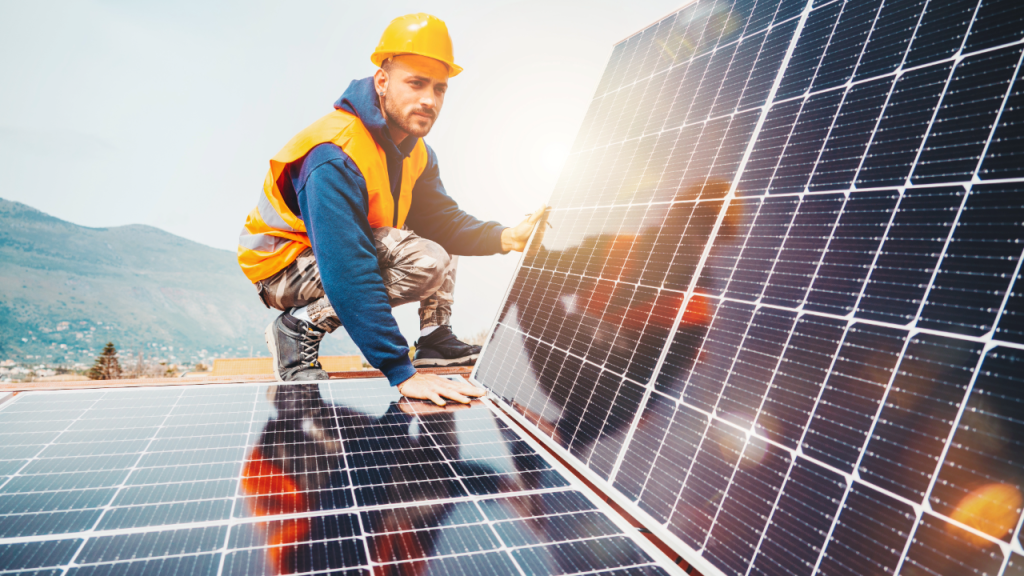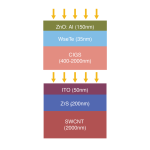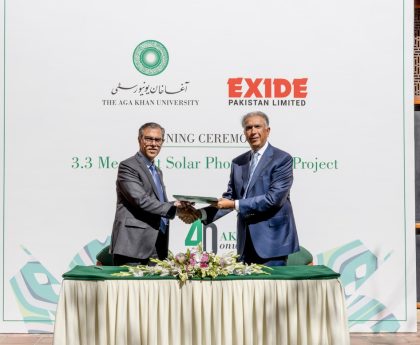Though CSP and PV have similar efficiencies, there are a few notable differences between them when it comes to applications, costs, and storage capacity. The main difference between CSP and photovoltaics is that CSP uses the sun’s heat energy indirectly to create electricity, and PV solar panels use the sun’s light energy, which is converted to electricity via the photovoltaic effect.
Application
Concentrated solar power systems require a significant amount of land with direct sunlight or irradiance. Because of this, there are limited places to build these types of systems. CSP systems tend to be large, utility-scale projects capable of providing a lot of electricity as a power source to the grid. They’re not used in residential applications, unlike solar PV.
PV is a lot more common because solar panels can be installed just about anywhere that the sun is shining. While utility-scale solar installations will require similar amounts of space that a CSP plant would, you can also install solar panels for your own personal use on your home in business without developing new, unused sunny land.
PV systems are also capable of generating electricity in more weather conditions than CSP. CSP technology requires direct solar radiation to operate. Because of this, the performance of a CSP system is more sensitive to cloudy weather, while PV systems will still generate electricity on cloudy days.
Cost
Solar PV is the least expensive technology, both in terms of installation costs and leveled cost of energy (LCOE). This is due to a number of factors, including ease of installation and hardware requirements. Concentrated solar power is a newer technology that requires more specialized technology and installation practices, driving up the costs of these projects.
According to IRENA, CSP deployment by the end of 2016 was at 5 GW. For comparison, solar PV deployment by that time had reached 291 GW of installed capacity. Just as the price of PV has dropped as installations become more widespread, CSP costs are also expected to decrease in the future as technology advances.
Storage
One major advantage that concentrated solar power has over PV is its storage capabilities. With CSP, the heat transfer fluid used to move the heat from the absorbers to the engine has high heating capacities, allowing this fluid to retain heat for a long period of time. Storing thermal energy with the use of thermal energy storage tanks is much easier than storing electricity. As a result, concentrated solar power is often dispatchable even when the sun isn’t shining.
Solar PV has a disadvantage when it comes to storage – while you can store solar electricity using solar battery technologies, it’s more difficult and expensive to do so at large power levels. This makes it a less feasible source of electricity to the grid come nighttime.
This post was originally published on 3rd party site mentioned in the title of this site






